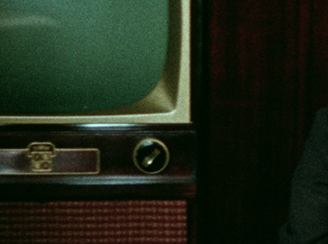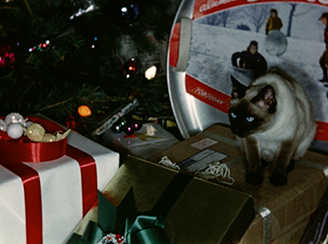
Pro Hollywood Restoration Scottsdale
We offer 3 restoration options. Color Correction, Grain Elimination and Stabilization Technology.
About 90% of our Scottsdale customers want the color correction and about 75% do the grain elimination. We do also offer image stabilization. It adds a nice touch to those old home movies.
Color correction is very important for amateur film because we will be able to recover more footage that was shot too dark or has darkened as part of the aging process. The scanner monitors the light and color balance and will change it based on pre-determined algorithms. This means it will pump more light through film that is dark and it will back off on film that is too bright. This will allow us to recover footage that would normally be too dark or too light. In addition, after the scan, an editor will go through the footage looking at skin tone and things like the color of the sky to order to make sure it looks correct. You can see in the examples below how much better the images look with our 2 pass color correction.
Grain is on all film. Look at the "Before" picture below compared to the "After" picture. These little dots muddy up the image and take away from the content you care most about. Now, look at the After picture on the right. This is what you really want to see. We do recommend Grain Elimination on all film for our Scottsdale customers.
Most amateur films have some stabilization issues just because of the way the film was shot. But, most people are used to seeing this on old movie film (See example video clip below). So, we see stabilization as a nice to have but not required. If you can afford to do it then we would recommend it. If it pushes you outside your budget then we would just recommend the Grain Elimination technology.
Super 8 Film Examples Scottsdale
|
|
Before |
After |
|
|
|
|
Before |
After |
16mm Film Examples
|
|
Before |
After |
|
|
|
|
16mm Before |
16mm After |
Scottsdale Fun Facts: At that time it had a population of 2,000 people. Since then, Scottsdale has grown to become Arizona's fifth largest city with a population in excess of 215,000 people. Scottsdale is located in south/central Arizona. It is about a twenty five minute drive northeast of Phoenix.
Arizona Fun Facts: Arizona is the sixth largest state in the country in terms of area. Its population has always been predominantly urban, particularly since the mid-20th century, when urban and suburban areas began growing rapidly at the expense of the countryside. Arizona, the Grand Canyon state, achieved statehood on February 14, 1912, the last of the 48 coterminous United States to be admitted to the union. Originally part of New Mexico, the land was ceded to the United States in 1848, and became a separate territory in 1863.













